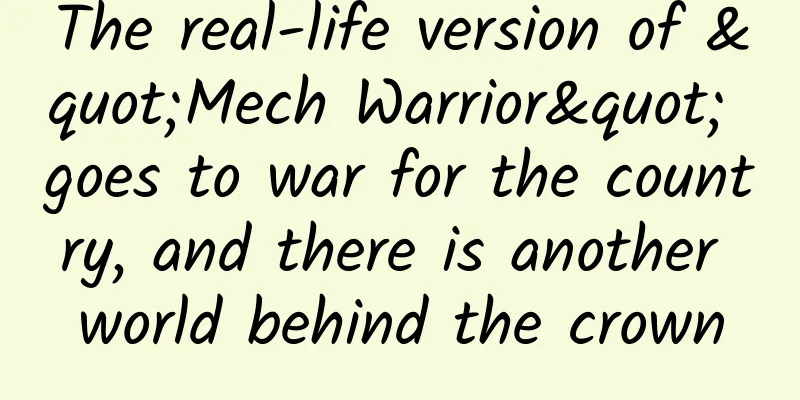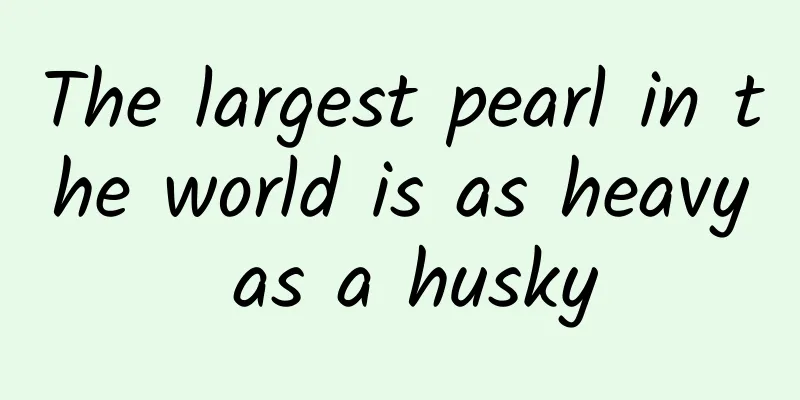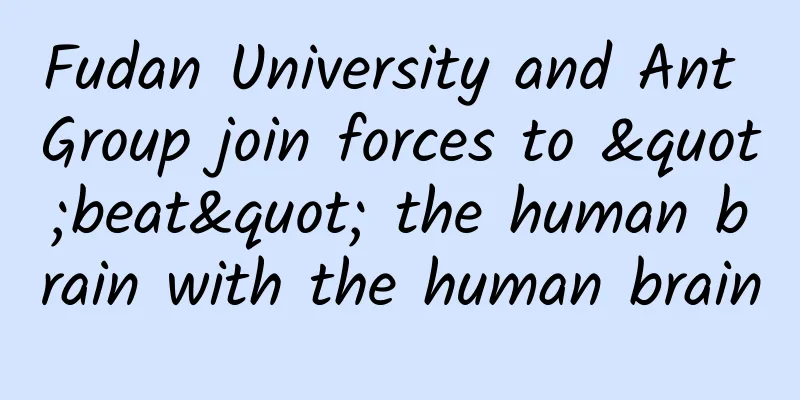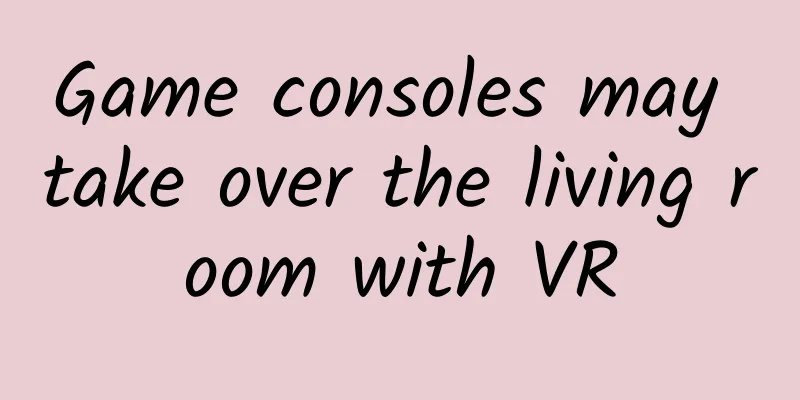The real-life version of "Mech Warrior" goes to war for the country, and there is another world behind the crown

|
As summer turns to winter, the Paris Olympics have been igniting the passion of the entire summer. However, few people know that after this grand event, another special Olympics is being carried out step by step in Switzerland, namely the "Global Assistive Technology Olympics" (also known as the "Cybionic Olympics"). This is a non-profit project founded by the Swiss Federal Institute of Technology in Zurich. It is an international event for people with disabilities and advanced technological assistive devices. Unlike competitive sports, the athletes participating in this event are more like operators of technological devices rather than athletes. They must use auxiliary mechanical power devices throughout the competition, because the purpose of the event is to promote the development and industrialization of assistive technology for people with disabilities, so that more people with disabilities can benefit from the convenience brought by technological progress. Although the competition was established not long ago and is still unknown to the world, many knowledgeable people in the industry have already made it an important goal of their careers to appear in this event, such as the "post-90s" research team of Southeast University and Suzhou Institute of Biomedical Engineering and Technology of the Chinese Academy of Sciences. These young people are undoubtedly willing to fight and extremely lucky. In the third competition that ended a few days ago, their partner who had been fighting side by side with them, Xu Min, a disabled contestant from Suzhou, won the championship of the "Upper Limb Prosthesis" group with an excellent score of 90 points after two days and three rounds of preliminaries and finals. The Chinese delegation at the 3rd Global Assistive Technology Olympics It is no exaggeration to say that this is one of the most competitive groups in the competition. The contestants have to complete 10 prosthetic operation tasks at one time, including lifting heavy objects with prosthetic limbs, double-arm collaboration, grasping delicate objects, and grasping blind boxes. The results are determined by the number of tasks completed and the completion time. The Chinese delegation that won the championship this time consists of only 7 people. In addition to contestant Xu Min, 5 scientific researchers are from the team of Professor Song Aiguo from the Institute of Robot Sensing and Control Technology of Southeast University. The leader of the team is Hu Xuhui, a young postdoctoral fellow who has joined the Suzhou Institute of Biomedical Engineering of the Chinese Academy of Sciences. It is worth mentioning that he is also the key to the formation of this project. Hu Xuhui (left) and Xu Min Meet in the wee hoursIn 2019, Hu Xuhui, who was studying for a doctorate under Professor Song Aiguo of Southeast University, successfully developed the first "robotic hand" in his career, and widely recruited and searched for subjects for this purpose, hoping to get "first-hand feedback" from fellow disabled people. It was also at this time that Xu Min, who had lost his right forearm in an accident early on, came into his sight. In 1992, when Xu Min was only 17 years old, she was working in an electric fan factory when her right forearm was crushed by a 60-ton hydraulic punch press. Since then, she has been disabled and can only learn to eat, write, and move things with her left hand... Later, the factory where Xu Min worked went bankrupt due to poor management, and she was repeatedly frustrated in job hunting because of her disability. So, in 2003, Xu Min started her own business. She worked as a real estate agent and opened a supermarket, but most of them ended in failure. In 2008, she opened a restaurant again, and her business flourished because of her hard work. In 2017, when the traffic regulations were revised and the driving license for people with unilateral hand loss was released, Xu Min immediately went to take a C5 driver's license. Although she could only drive a car modified by a special agency, she never gave up her belief in a complete life experience. As the saying goes, God helps those who help themselves. In the end, Suzhou Disabled Persons' Federation brought Hu Xuhui's "magic" device together with Xu Min. Although this young boy named Hu Xuhui was not yet born when Xu Min lost her right forearm, he gave Xu Min the wonderful experience of re-controlling her "right hand" in her later life. Hu Xuhui (left) and Xu Min in the experiment The two met at a young age, but became scientific research partners who trusted and supported each other. In 2022, Hu Xuhui graduated from Southeast University and went to work at the Suzhou Institute of Biomedical Engineering and Technology, Chinese Academy of Sciences. There, he continued to advance the progress of the project and continued to work with his mentor, Professor Song Aiguo, to continue the research on human-computer interactive manipulators. Xu Min's right hand also changed again and again. Hu Xuhui said: "I was designing a 'smart hand' at the time. This 'smart hand' could initially fulfill the functions of a normal arm, so I kept inviting Xu Min to try it on. In order to make her feel comfortable wearing it, I adjusted the details of the 'smart hand' many times." The final version of this "smart hand" used 3D printing technology. The components connecting the prosthetic structure and the prosthetic socket were 3D printed, which greatly reduced the weight of the entire "hand" and could quickly and synchronously control the hand and wrist joints, which was highly praised by Xu Min. From life to the arena"It has always been my goal to participate in the Global Assistive Technology Olympics, which is very influential internationally." Hu Xuhui has always been willing to express his confidence and courage. "On the one hand, I hope to show the world China's cutting-edge achievements in the field of disability-assisting rehabilitation robots and the achievements made in the rehabilitation of people with disabilities in my country through participating in the competition. On the other hand, by benchmarking the latest global technologies and products for disability-assisting rehabilitation, we can remove the dross and retain the essence, further promote the independent research and development, promotion and application, and upgrading of my country's new generation of rehabilitation products, and benefit more disabled friends." Since we have chosen to move forward, we must forge ahead regardless of wind and rain. The competition field is different from life, and the requirements for the flexibility and accuracy of prosthetic limbs are greatly increased. Especially in an environment where the signal source for disabled people to control prosthetic limbs is very limited, ensuring the reliable movement of fingers and wrists is of utmost importance. "So, we customized a wearable shoulder strap for Xu Min. The shoulder strap is equipped with a stretch sensor that can monitor the movement of Xu Min's shoulders when he arches his back. The sensor monitors the shoulder displacement signal and coordinates with the electromyographic signal obtained from the residual limb end to control the opening and closing angle of the fingers and the rotation angle of the wrist joint. The greater the arch angle, the greater the shoulder displacement and the greater the opening and closing degree of the fingers. And vice versa," Hu Xuhui introduced. In the competition, the objects that the contestants have to grasp and the movements they have to perform vary greatly. Sometimes they have to be able to finely twist a light bulb or stack cups by turning their wrists, and sometimes they have to be able to lift a mineral water bottle, hold a hammer, or carry a kettle. Then, "how to control the force here" becomes a problem. In response to this, Professor Song Aiguo said: "The team implanted force tactile sensors on the fingers of the prosthesis to detect the size and distribution of the prosthetic grasping force when grasping objects, and can transmit signals to the arm through vibration stimulation. If the grasping force is greater, the vibration stimulation is stronger, and the contestant can decide how much force to apply based on the vibration intensity." Xu Min's championship-winning "robotic arm" "At the same time, we set up four different grasping areas on the prosthetic fingers. The first functional area is made as horizontal as possible to facilitate grasping flat objects such as paper scraps and medicine spoons; the second functional area is made into an embedded arc shape so that it can hold objects such as hammers and bottles; the third functional area is made into a hemispherical surface, which can grasp round objects such as beads; the fourth functional area is set at the two joints of the fingers, which is convenient for fixing the position of objects when doing weight-bearing actions such as carrying a kettle." Hu Xuhui added at the right time. Of course, it is difficult to cover all the details. For example, in order to allow the prosthesis to pass through the obstructing brush, the "blind box" can be opened without the naked eye seeing the object. The team installed cameras in the prosthetic fingers to act as "eyes", and converted the captured image signals into light signals through visual recognition technology to assist Xu Min in completing the grasping. Through the breathless countdown on the field, Xu Min became the only player in all participating teams to complete the corresponding task. There are countless examples like this, which not only reflects the ingenuity and carefulness of Hu Xuhui's team, but also their heartfelt love for the cause of science and technology to help the disabled. The future is still far away, and their scientific research career has just begun, but the road ahead is already clear and bright. "Carry out scientific research based on meeting people's actual needs" is the earnest teaching of their common mentor, Professor Song Aiguo, and it is also a professional motto deeply buried in Hu Xuhui's heart. |
<<: There's still half an hour before take-off, why can't I get on the plane?
Recommend
Shock! Is the "skin-beautifying" baby cream actually a devilish trap for your baby's health?
An incident previously exposed on the Internet ca...
up to date! Data rankings of 59 information flow advertising platforms!
The following is the latest traffic ranking of 59...
Tik Tok short video operation and promotion methods!
How can companies operate and promote short video...
Come, choose a dinosaur as a "mount" ~
Excerpted from: "Inside and Outside the Clas...
The Lantern Festival is coming, how to write copy that takes advantage of the situation?
It’s the Lantern Festival again. Have you thought...
Highlights of GMIC's first day: The big guys are absent and robots become the highlight
Although various industry conferences have become...
User Operation: AARRR Model for Products from 0 to 200,000 Users
Without further ado, the full article is structur...
Play user behavior path analysis, 3 methods are enough
This article will introduce three commonly used a...
How did pepper, the "king of spices" that crackles in the pot, gain a foothold on the Chinese dining table?
A brief history of the development of pepper in C...
How much does it cost to attract investment in Dehong’s second-hand car app?
How much does it cost to attract investment throu...
Wedding photography placement guide for the National Day Golden Week!
During the National Day Golden Week, many men and...
If these 3 points are not clear, even the marketing gods will fail!
The simplest logic for marketing is to ask yourse...
Bilibili’s “Houlang” screen-sweeping marketing strategy!
The content is 1 and the channel is the 0 behind ...
Do you know how the Segway boss died? Balance bikes are still a little bit behind in their road use
As a means of transportation that combines fashio...
The island is isolated in the middle of the ocean. Where does the fresh water come from?
The earth is a blue planet because most of the ea...









